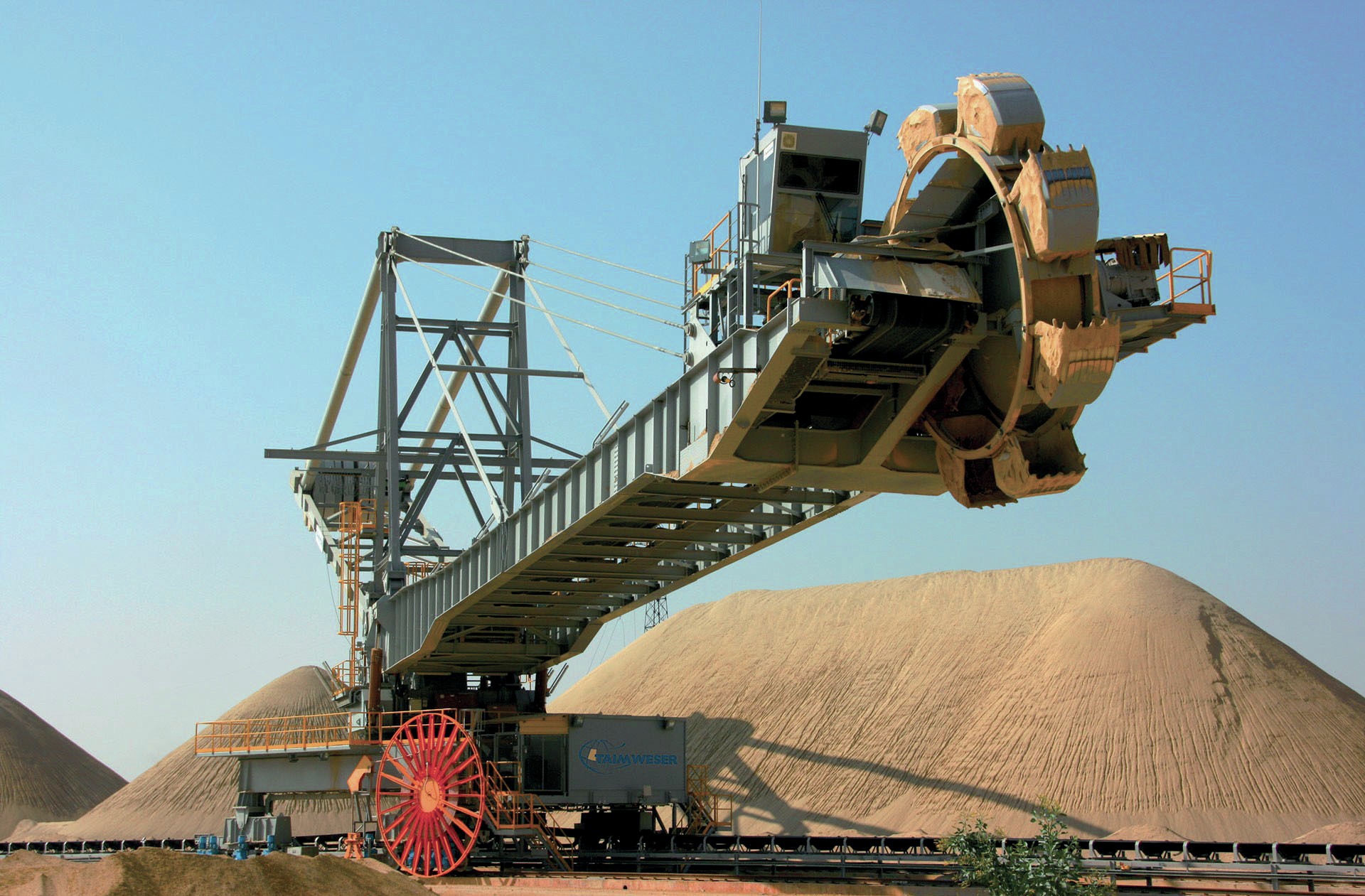Nitrogen+Syngas 385 Sept-Oct 2023

30 September 2023
Incentives for green production
GREEN PRODUCTION
Incentives for green production
The US Inflation Reduction Act has been a major step in terms of incentivising green syngas production, and has encouraged other governments to look at their own regulatory regimes.

The passage in August 2022 of the US Inflation Reduction Act (IRA) is one of the largest public investment proposals in US history, and has been a game changer in terms of subsidies for green chemical production. The act establishes new incentives for low carbon hydrogen production and other technologies such as carbon capture, and allows for up to $369 billion in federal tax incentives for green energy investments.
As well as lowering the cost of renewable electricity, of particular interest to the syngas industry are the IRA’s tax credits for green hydrogen production, via the so-called provision 45V. Qualifying hydrogen production facilities can obtain a ten-year production tax credit of up to $3/kg beginning from the date that facility begins operation, though it is worth noting that the credits expire in 2033, so only facilities starting this year would gain the full ten years. The full $3 is also only available for production that results in less than 0.45kg CO2 per kg hydrogen in terms of life cycle emissions, with lower subsidies of $1/kg, $0.75/kg or $0.60/kg for more polluting technologies, up to a cap of 4kg CO2 /kg hydrogen, and also depends upon labour and wage standards being met.
The act also establishes a 45Q tax credit for facilities using carbon capture, utilisation or storage (CCUS), i.e. so-called blue hydrogen which lowers the thresholds at which projects can gain credits, in the case of industrial facilities from 100,000 t/a down to 12,500 t/a. There is also a section 48 which allows for investment tax credits (ITCs) for hydrogen producing facilities, again subject to how green the production is.
Many in the industry have said that it makes the US the best place to invest in green technology now, with the cost of green hydrogen production becoming possibly as low as $2/kg – the US Department of Energy has set the target for the green hydrogen price at $1/kg by the end of this decade.
Europe
The passage of the IRA initially caused some consternation in Europe, used to leading on environmental matters, where regulators have preferred to use carbon pricing and emissions limits as a way of forcing industry to go green (though often driving it overseas). The European Commission published its REPowerEU plan on 18 May 2022, which sets a target to increase the EU’s renewables share of power generation to 45% by 2030. The plan has an ambitious low-carbon hydrogen production target of 10 million t/a, with an additional 10 million t/a of imports by 2030. Refining and ammonia and methanol production are likely to be the major producers or consumers of green hydrogen, though these only represent around 5 million t/a of hydrogen production in the EU, so the 20 million t/a target envisages a large scale switch in other industries as well. The EU has allocated e41billion as part of the REPowerEU plan to switch from fossil fuels to alternatives and e27billion to develop key hydrogen infrastructure.
Elsewhere
India has also seen green hydrogen as a way of reducing its reliance on coal, and is said to be preparing a $2 billion incentive programme for the green hydrogen industry, aiming to reduce the production cost by 20% over the next five years. The Strategic Intervention for Green Hydrogen Transition (SIGHT) programme reportedly allocates $540 million for electrolyser manufacturing for five years and $1.6 billion for green hydrogen and green ammonia production for three years, with a production incentive of approximately $1/kg hydrogen. In February the government announced plans for India to make 5 million tonnes of green hydrogen annually by 2030, roughly equivalent to all of India’s current production for refining, fertilizer and steel manufacture.
But rather than private incentives, other countries are simply pushing government money into projects. Saudi Arabia is moving ahead with its NEOM project, which will include 1 GW of electrolyser capacity, via the backing of the Saudi sovereign wealth fund as well as a firm offtaker (codeveloper Air Products). And perhaps the most striking example is China, where around 1 GW of electrolyser capacity will be built this year alone. China does have the cheapest cheapest electrolysers in the world, and is also the world’s largest hydrogen producer, responsible for around one third of global hydrogen production (33 million t/a in 2020, most of it from coal and only 1% from renewables). The Chinese central government has set a production target of 100-200,000 t/a of renewable hydrogen per year by 2025, with renewable share of hydrogen production rising to approximately 15% by 2030 via the Midand-Long-Term Hydrogen Industrial Development Plan (2021-2035). The plan aims to achieve this by scaling up and increasing the productivity of Chinese production, facilitated by “supportive electricity prices” and the establishment of technical standards. It is believed that government support for hydrogen projects currently runs at around $10 billion per year.






